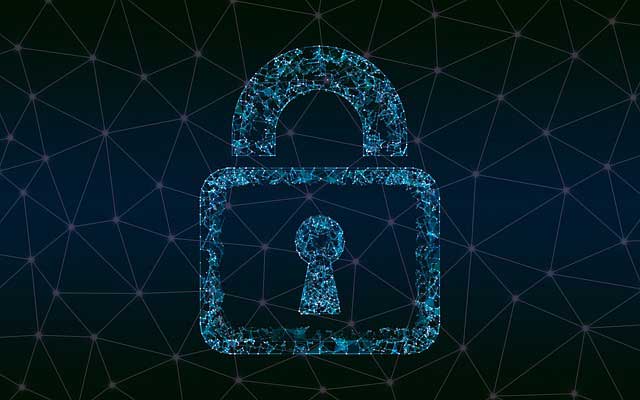
Keep Russia From Invading Your Network
The unfolding situation in Ukraine has increased the risk of critical cybersecurity threats, according to a joint report by the NSA, CIA, and CISA (Cybersecurity and Infrastructure Security Agency). This increased risk stems from Russia’s cyber-attacks against the Ukrainian government and other critical infrastructure. The CISA warns that Russian attacks will likely not remain isolated to Ukraine and may impact U.S. organizations “large and small”.
In lieu of these threats, organizations are being encouraged to review and enhance their cybersecurity. Here are some steps you can take to keep your organization secure and safe from cybercriminals.
1. Backup your data
Secure your company’s data with daily backups. This way, even if your company is impacted by a cyberattack or ransomware, you know your critical data can be rapidly restored. If you have backups, perform regular checks to ensure they are running correctly, and always keep an offline copy of your backup.
2. Stay current on all software security updates
Most software vendors release security updates on a regular basis. Software and systems that are not up to date or patched are vulnerable to Malware and Ransomware capable of taking over your entire network and stealing your data.
3. Password Managers
Saving passwords in your Web Browser (Chrome, Edge, Firefox etc.) is a known vulnerability. All a hacker needs to steal these passwords is for you or somebody in your organization to click on one malicious link.
4. DNS Filtering
Usage of a DNS/Website Filtering should be in place to protect your users from accidentally clicking and visiting a Malicious website.
5. Make sure you have defenses in place
Ensure you have antivirus software installed on all your systems, and keep it active and up-to-date.
6. Set up multi-factor authentication
Set up multi-factor authentication whenever possible. Validate that all remote, privileged, and administrator access to your organization’s network requires multi-factor authentication.
7. Have a incident response plan
Not all cyberattacks can be avoided, no matter how strong the security systems. In the event of a security incident, key personnel need know what to do. Designate a crisis-response team with main points of contact for a suspected cybersecurity incident. If possible, conduct a tabletop exercise to ensure that all participants understand their roles during an incident.
8. Run routine phishing tests
Make sure your employees know how to identify and respond to phishing. Hold training and conduct routine tests for your employees to ensure they remain vigilant to phishing attempts.
9. App Restrictions
Hackers can insert malicious code into your everyday apps. Have your IT create Application Restriction policies to prevent hackers from taking over your network using your everyday Apps (such as Word, Excel, and Adobe) as their weapons.
10. Restrict administrative privileges
Giving users administrative privileges on their individual PCs is dangerous, as this can enable a hacker to take over your entire network with no restrictions. If administrative accounts are attacked and exploited, cybercriminals can do a great deal of damage. By restricting both the number of administrators, and what privileges they have, you considerably narrow the surface on which criminals can attack your network.
These are the basic practices the CSIS recommends business of all sizes implement. By following them, you can decrease your organization’s risk of cyberattack and mitigate the damage caused, should one occur.
